Well, here we are.
It’s been a whirlwind these last two months! First we emptied everything out of the church, and the pew refinishing company took apart the pews and shipped them to Nebraska so that they could be refinished. Then the painters moved in a couple of massive lifts that looked like some kind of alien spider that took them all the way up into the cupola so that they could paint. Our artist moved in and began painting the reredos, and later a sign company came in to install the Agnus Dei above the reredos, and the titles of Mary from the Litany of Loreto along the back wall of church. The staff cleaned and scrubbed and put all the furniture back. Perhaps the most herculean task was that of taking our massive Tabernacle off its altar and then putting it back on. I believe it weighs elevendy gazillion pounds. Renovating our church décor was certainly a labor of love, and we hope that you will love it!
In renovating the church, we didn’t just want to slap a coat of paint on the walls and ceiling. When the church was built, that’s what had to be done because there wasn’t money to do much else. So in painting the church this time, we wanted to take the opportunity to do what art in the Church has always been used to do, and that is to catechize and evangelize. In the early days of the Church, most people could not read and write, so in order to teach the faith, people were taught to read the churches. So the artwork and the decoration of the church was meant to preach the Gospel and call people to repentance and salvation. We wanted to do the same here at Saint Mary’s.
So we had two main themes that we wanted to convey. First and foremost, we wanted to express the truth that this is the holiest place on our campus, the place where heaven meets earth, the place where Jesus Christ dwells with us until the end of the age. During this Eucharistic Revival in our Church, no message could be more important. So the dome was painted as a night sky, complete with stars; the cupola was painted a light blue to allow natural light to reflect and illuminate the sanctuary; the Tabernacle was raised on a step, and placed on an altar with a stone top; and the reredos was painted with a stunning mural depicting the light of God coming down from heaven and enveloping us all as he calls us into his presence. And to make it very clear what we behold, the text on the upper border of the reredos reads, Agnus Dei Qui Tolis Pecatta Mundi; that is, Lamb of God who takes away the sins of the world.
The second theme we wanted to convey was that this particular parish church is dedicated to the Blessed Virgin Mary in the Immaculate Conception. So the deep blue which support the architectural features of the sanctuary, and the earthy green on the wings of the church proclaim that Mary is Queen of Heaven and Earth. The golden rim around the “sky” above the sanctuary evokes her crown, and the gold rays in the ceiling of the nave symbolize her merciful love reaching out to the world.
Along the back of the church, we have installed four “medallions” of the Blessed Virgin Mary, including one of the Miraculous Medal, which ask for her intercession for our parish, our families, and our community. The text along the back “ribbon” above the doors are selections from the Litany of Loreto: Mother of Mercy, Mother of the Church, Seat of Wisdom, Help of Christians, Queen of Peace, Cause of our Joy, Holy Mother of God, and Queen of Families. These have been presented in English, Spanish, Polish, and Tagalog, some of the languages spoken by our parish family. Finally, above the doors in the center aisle, the resurrected Jesus has been cleaned by our artist (who knew he was brass?), and the blue from the sky has been painted as a background. This evokes the Ascension of Our Lord, giving us a command as we leave the church: “Go, therefore, and make disciples of all nations, baptizing them in the name of the Father, and of the Son, and of the Holy Spirit, teaching them to observe all that I have commanded you. And behold, I am with you always, until the end of the age.” (Matthew 28:19-20)
It was our intention that the renovation of this church would help feed our spirits, which Jesus longs to do for all of us. In today’s Liturgy of the Word, we are invited to receive “bread for the Journey,” in Latin, “Viaticum.” Viaticum is usually one’s last Holy Communion, given when we are dying. But in today’s liturgy, we are shown that we always need bread for the journey so that we will have strength to complete the journey and do what God calls us to do.
In the first reading, the prophet Elijah has had just about enough, thank you very much. Despite some successes in preaching the word of the Lord, he has felt that he is a failure. Today’s reading comes after Elijah, with God’s help, just defeated all the prophets of the false god Baal in a splendid display of pyrotechnics on Mount Carmel. It’s a wonderful story that you can find in chapter 18 of the first book of Kings, and your homework today is to go home and look it up! I promise, you’ll enjoy the story. Well after that outstanding success, one would expect Elijah to go about boasting of his victory. Instead, Jezebel, the king’s wife and the one who brought the prophets of Baal to Israel in the first place, pledges to take Elijah’s life. Today’s story, then, finds him sitting under a scraggly broom tree, which offered little if any shade, and praying for death. The Lord ignores his prayer and instead twice makes him get up and eat bread that God himself provides, so that he would be strengthened for the journey. In the story that follows, Elijah will come quite face-to-face with God, and be refreshed to go on. But he can’t do that if he starves to death under the broom tree. Sometimes God does not give us what we ask for, but exactly what we need.
Our Gospel reading takes us back to Saint John’s “Bread of Life Discourse,” chapter six of his Gospel, which we are reading in this section of the Lectionary. We began two weeks ago with the feeding of the multitudes; then last week the multitudes sought Jesus out so they could get more of the same and Jesus sets out to feed their spirits. At the end of last week’s Gospel, Jesus told them that Moses didn’t give them bread from heaven, but rather God did; and then he made a very bold claim: “I am the bread of life.” So this week, the people are angry with Jesus for that claim, for saying that he came down from heaven. They murmured because they knew his family, and surmised that he couldn’t have descended from heaven. They didn’t yet understand the depth of who Jesus was. They were so hungry that they didn’t realize that the finest spiritual banquet stood right before them.
The thing is, spiritual hunger is something we all face in one way or another. We all have very difficult journeys to face in our lives. Whether we’re feeling dejected and defeated like Elijah, or feeling cranky and irritable like the Ephesians, or whether we’re just feeling superior and murmuring like the Jews in today’s Gospel, spiritual hunger is something we all must face sometime in our lives. From time to time, we all discover in ourselves a hole that we try to fill with something. Maybe we try to fill that up with alcohol, or too much work, or too much ice cream, or the wrong kind of relationships, or whatever; and eventually we find that none of that fills up the hole in our lives. Soon we end up sitting under a scraggly old broom tree, wishing that God would take us now. If we’re honest, we’ve all been at that place at one time or another in our lives.
We disciples know that there is only one thing – or rather one person – that can fill up that emptiness. And that person is Jesus Christ. Jesus knows our pains and sorrows and longs to be our Bread of Life, the only bread that can fill up that God-sized hole in our lives. We have to let him do that. But it’s not so easy for us to let God take over and do what he needs to do in us. We have to turn off the distractions around us, we have to stop trying to fill the hole with other things that never have any hope of satisfying us, and we have to turn to our Lord in trust that only he can give us strength for the journey. Jesus alone is the bread that came down from heaven, and only those who eat this bread will live forever, forever satisfied, forever strengthened. It is only this bread that will give us strength for the arduous journeys of our lives.
We will come forward in a few minutes to receive this great gift around the Table of the Lord. As we continue our prayer today, let us remember the advice God gives to Elijah: “Get up and eat, else the journey will be too long for you!” Only then can we go and proclaim the Gospel of the Lord.

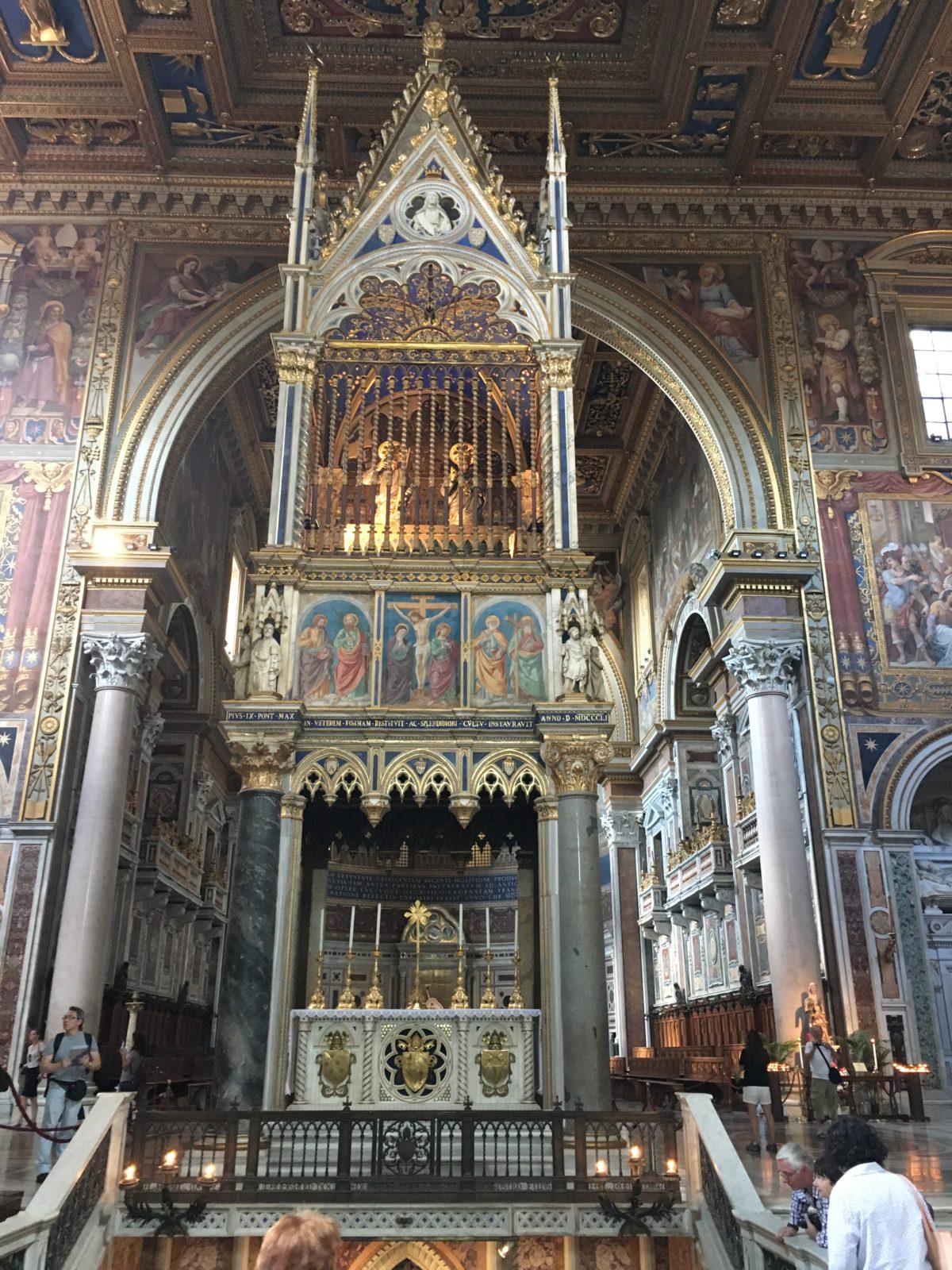

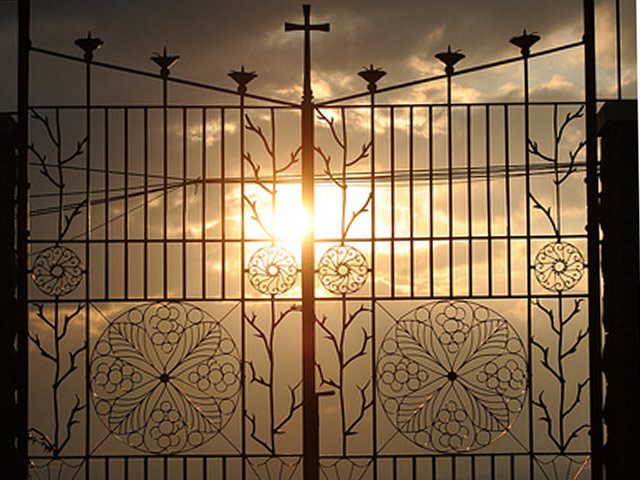
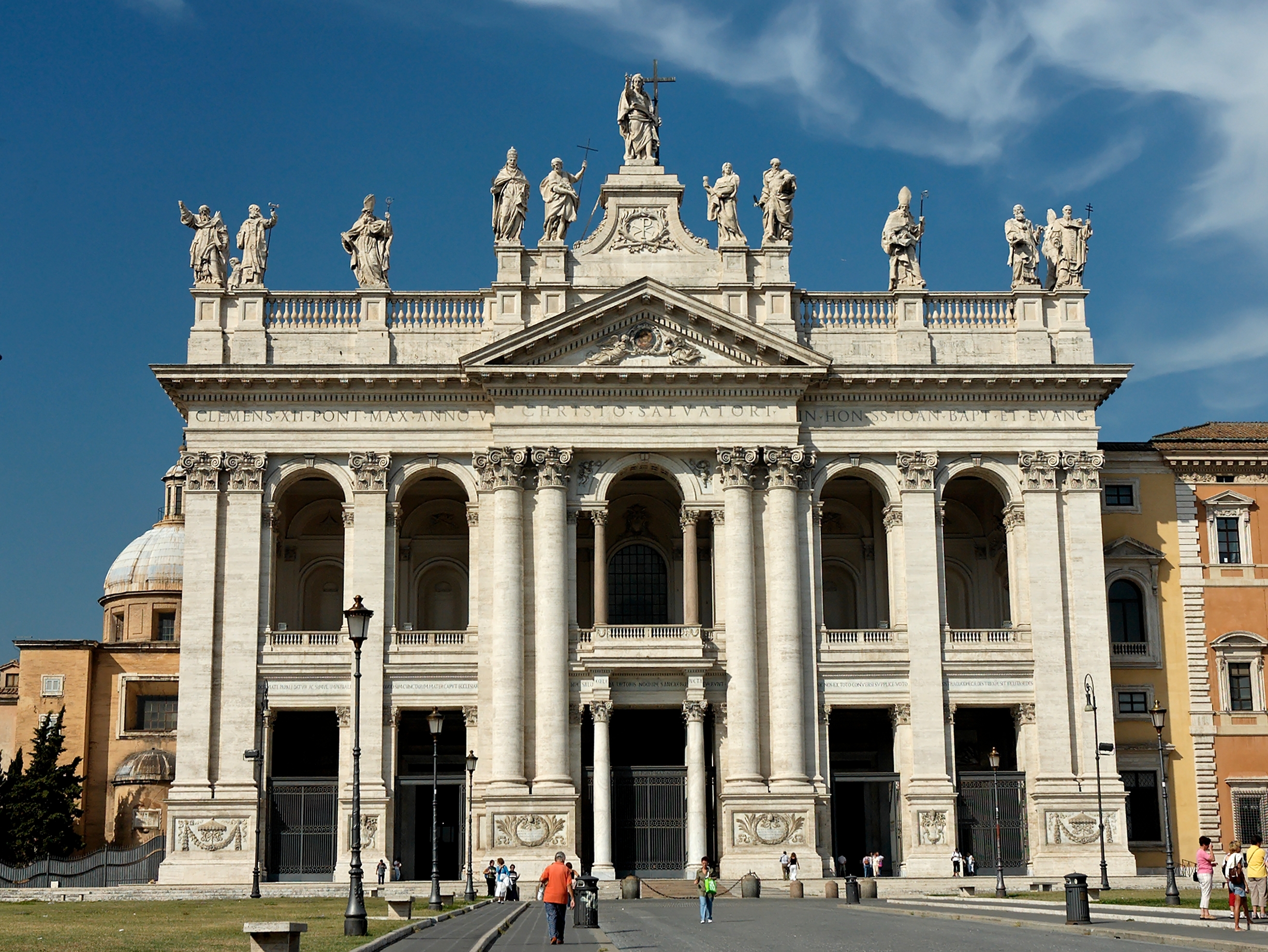
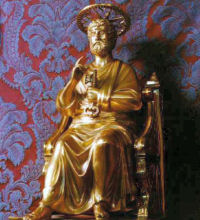
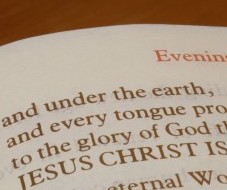
You must be logged in to post a comment.